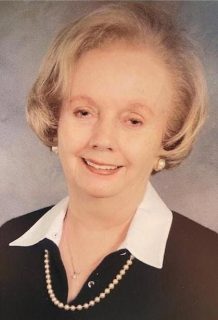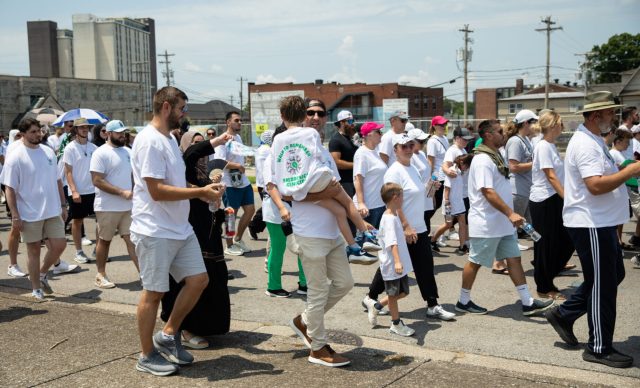Corvette Museum seeks to expand collection
Published 6:15 pm Saturday, August 4, 2018
His title at the National Corvette Museum is curator, but Derek Moore considers himself a storyteller. Now he’s looking for a few more pieces to complete the story he wants to tell.
Since opening in 1994, the museum has fulfilled its role of showcasing various examples of the sports car that have been assembled in Bowling Green since 1981. Cars from when Zora Arkus-Duntov was drawing up plans for the new General Motors sports car back in the 1950s up to models so new the paint job is barely dry are on display.
Trending
Eighty or so cars can be viewed at a given time, depending on what exhibit is current. It’s a feast for Corvette lovers, who can learn the story of the sports car’s evolution while strolling through the museum.
For Moore, though, the story is missing some chapters.
“We do a good job of telling the Corvette-centric story,” said Moore, the museum’s curator for nearly two years. “Now we need to branch out and tell about the impact the Corvette has had.”
That’s why Moore has put out the call that the museum is looking for donations of not only Corvettes but of such classic automobiles as the Ford Thunderbirds from the ’50s and early American sports cars such as the Stutz Bearcat and the Nash-Healey.
“This is definitely a new direction for the museum,” said Moore. “We’re looking for more Corvettes and for non-Corvette vehicles that help tell the story of the Corvette.”
Moore explained that cars like the Thunderbird have played a role in the evolution of what’s called America’s sports car.
Trending
“It (the Thunderbird) was really the first American competition to the Corvette,” Moore said. “Ford introduced it in the third year of the Corvette. The Thunderbird played a small part in getting the V-8 engine for the Corvette.”
Other cars that Moore is looking for have more of a direct connection to the Corvette. He would like to find one Cadillac XLR, the sports car that was produced at the Corvette plant from 2004 through 2009.
“We just need one of those years to represent that story,” he said.
Also on Moore’s wish list, surprisingly, are a number of recent-vintage Corvettes. He says he needs them to complete the museum’s collection of at least one factory-produced model from every year. In particular, models produced since 2014 are on Moore’s list.
“We don’t have any,” he said, “because people who own them are out enjoying them.”
Although he’s working to collect the various sports cars, Moore says not to expect to see them all on display right away.
“We have limited display space, so we try to rotate what’s on display,” he said. “Some cars may be in storage for a while. Every time you come to the museum, there’s a chance you’ll be seeing something different.”
In his push to get cars donated, Moore says, “We get calls about donating from all over the country and even from people overseas.”
He tries to sell them on the value of donating their cars.
“Any time you donate to a nonprofit, you get a tax deduction benefit,” he said. “They turn the vehicle over to us, we document the transfer and send all the forms they will need.”
Moore said people who donate their cars preserve the car’s legacy, and the donors are acknowledged on placards or plaques when the car is on display.
Depending on how successful his donation drive is, Moore said the museum’s display area could expand.
“We did announce earlier this year that we’re starting the investigation stage of expanding,” he said.
Moore said anyone interested in donating a Corvette or any of the other cars on his list can learn more by visiting this page on the museum’s website: www.corvettemuseum.org/ support/donate-your-auto mobile.






